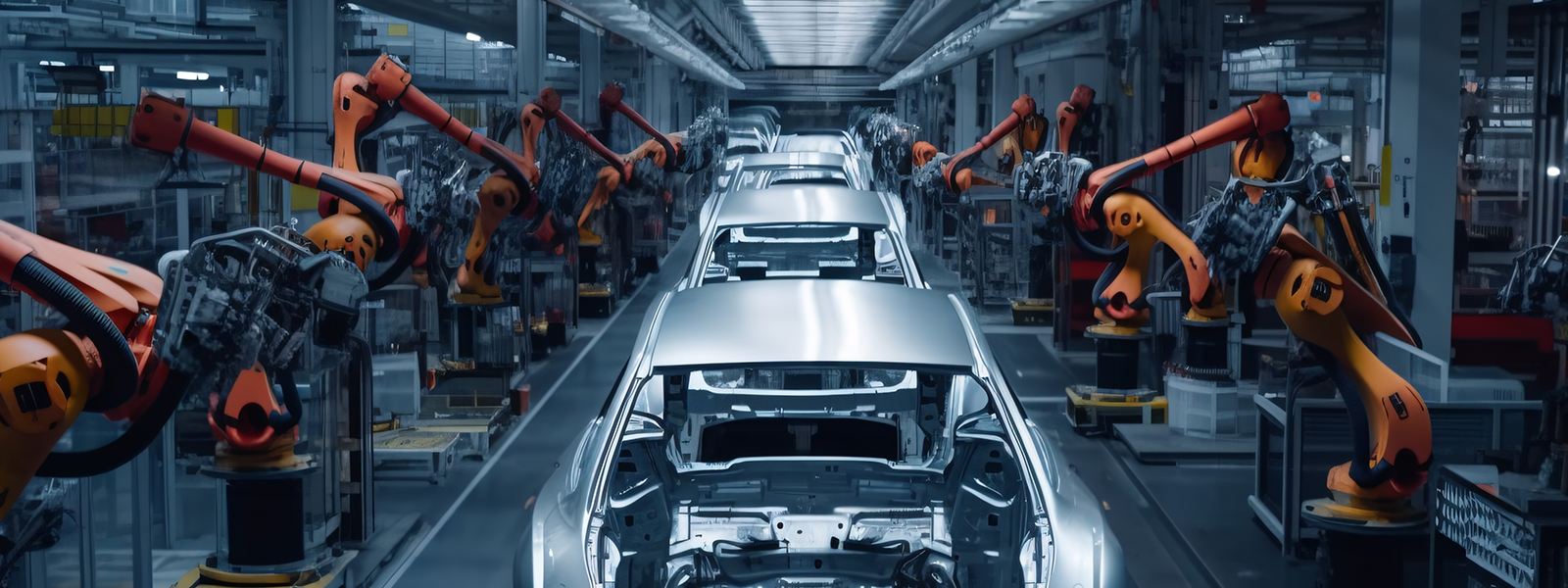IoT technologies are transforming convenience stores by enabling smart shelves, automated inventory management, personalized shopping experiences, and energy-efficient building solutions, enhancing operational efficiency and customer satisfaction while fostering sustainability.”
The role of Internet of Things (IoT) technology in retail is becoming increasingly pivotal, particularly within the realm of convenience stores. As integral fixtures of modern living, convenience stores provide quick access to everyday essentials. However, to keep pace with evolving customer expectations, these retail outlets must adopt innovative strategies. IoT technology presents many opportunities for convenience stores to enhance their operations and deliver a superior IoT customer experience. By integrating IoT devices and solutions, convenience stores can create a more responsive, personalized, and efficient shopping environment. Smart shelves equipped with weight sensors can automatically detect low stock levels and alert store managers or initiate reorders, ensuring products are always available. Additionally, IoT-enabled refrigeration units monitor temperature and humidity in real-time, helping to maintain the quality and safety of perishable goods, thereby reducing waste and complying with health regulations.
Customer experience is significantly enhanced through IoT. Smart shopping carts and baskets equipped with RFID readers can expedite the checkout process by automatically scanning items as customers shop, minimizing wait times. Personalized promotions and recommendations can be sent directly to customers' smartphones via Bluetooth beacons, creating a tailored shopping experience based on their preferences and purchase history. Operational efficiency is also greatly improved. Energy management systems using IoT can optimize lighting, heating, and cooling based on store occupancy, reducing energy consumption and operational costs. Security systems with connected cameras and sensors enhance loss prevention efforts by providing real-time monitoring and alerts.
Smart Shelves and Automated Inventory Management
One of the most significant applications of IoT in convenience stores is the deployment of smart shelves and convenience store technology. These innovative systems utilize sensors to monitor inventory levels in real-time, ensuring that shelves are always stocked with the necessary products.
- How Smart Shelves Work
Smart shelves are equipped with weight sensors, RFID tags, or camera-based systems that continuously track the quantity and location of items. When an item is removed, the system automatically updates the inventory count. If stock levels fall below a predefined threshold, an alert is sent to the store's inventory management system, prompting a restock.
- Benefits of Automated Inventory Management
- Reduced Stockouts and Overstocks: By maintaining optimal inventory levels, smart shelves help prevent the common retail problems of stockouts and overstocks. This ensures that customers always find what they need, enhancing their shopping experience.
- Efficient Inventory Control: Automated inventory management reduces the need for manual stock checks, saving time and labor costs. Store employees can focus on more customer-centric tasks, such as assisting shoppers and maintaining store cleanliness.
- Data-Driven Insights: The data collected by smart shelves provides valuable insights into purchasing patterns and product demand. Stores can use this information to optimize product placement, manage promotions effectively, and make informed decisions about inventory replenishment.
Personalized Shopping Experiences
IoT technology enables convenience stores to offer personalized shopping experiences that cater to individual customer preferences. By collecting and analyzing data from various IoT devices, stores can deliver tailored recommendations and promotions.
- Customer Insights through IoT
IoT devices such as smart cameras, beacons, and mobile apps can track customer behavior, including the products they browse and purchase. This data allows stores to build detailed customer profiles and gain insights into shopping habits and preferences.
- Implementing Personalized Experiences
- Targeted Promotions: With access to customer data, stores can send personalized promotions and discounts directly to customers' smartphones. For instance, a frequent buyer of a particular brand of snacks might receive a special offer on their next purchase.
- Customized Product Recommendations: IoT-enabled digital signage and interactive kiosks can display personalized product recommendations based on a customer's previous purchases. This not only enhances the shopping experience but also drives sales by encouraging additional purchases.
- Enhanced Customer Engagement: By integrating IoT with loyalty programs, stores can reward customers for their purchases and interactions. Personalized loyalty rewards and incentives encourage repeat visits and foster customer loyalty.
Energy Management and Smart Building Solutions
Efficient energy management is crucial for the sustainability and profitability of smart convenience stores. IoT technology plays a vital role in optimizing energy usage and implementing smart building solutions.
- Smart Energy Management Systems
IoT-based energy management systems monitor and control energy consumption across various store operations, from lighting and HVAC systems to refrigeration units. These systems utilize sensors and smart meters to gather data on energy usage patterns and identify areas for improvement.
- Benefits of Smart Energy Management
- Reduced Energy Costs: By optimizing energy usage, stores can significantly reduce their utility bills. Smart lighting systems, for example, can adjust brightness levels based on natural light availability and store occupancy, ensuring energy is not wasted.
- Enhanced Sustainability: Implementing energy-efficient solutions helps convenience stores reduce their carbon footprint, contributing to environmental sustainability. This not only benefits the planet but also appeals to environmentally conscious customers.
- Predictive Maintenance: IoT sensors can detect potential issues with equipment such as refrigeration units and HVAC systems before they lead to costly breakdowns. Predictive maintenance ensures that equipment operates efficiently and minimizes downtime.
Smart Building Solutions
Beyond energy management, IoT-enabled smart building solutions significantly enhance the overall store environment. One critical aspect is the implementation of automated climate control systems, which maintain optimal temperature and humidity levels throughout the store. These systems utilize sensors to monitor environmental conditions in real-time and adjust heating, ventilation, and air conditioning (HVAC) settings accordingly. This ensures a consistently comfortable shopping experience for customers, regardless of external weather conditions. Furthermore, maintaining ideal climate conditions helps preserve the quality of temperature-sensitive products, reducing spoilage and ensuring customer satisfaction.
Another key area where IoT technology makes a substantial impact is store security. Smart security systems, integrated with IoT-connected cameras and access controls, provide a robust safety net for both customers and staff. IoT-enabled cameras offer high-resolution, real-time surveillance, allowing store managers to monitor activities within the store and its surroundings continuously. These cameras often come with advanced features such as motion detection and facial recognition, which can alert security personnel to suspicious activities, enhancing theft prevention and ensuring prompt responses to security breaches. Access control systems, also powered by IoT technology, further bolster store security by regulating entry to sensitive areas such as stockrooms and offices. These systems can use biometric verification or RFID badges to grant access, ensuring that only authorized personnel can enter restricted zones. This not only protects valuable inventory and confidential information but also contributes to a safer working environment.
Conclusion
The integration of IoT technologies in convenience stores is not just a trend but a strategic imperative for enhancing customer experience, improving operational efficiency, and driving business growth. From smart shelves and automated inventory management to personalized shopping experiences and smart building solutions, IoT offers a wealth of opportunities for convenience stores to stay competitive in a rapidly changing retail landscape.
As the adoption of IoT retail solutions continues to grow, convenience stores must embrace these technologies to meet evolving customer expectations and achieve long-term success. By leveraging the power of IoT, stores can create a more connected, efficient, and personalized shopping environment that delights customers and drives loyalty.



